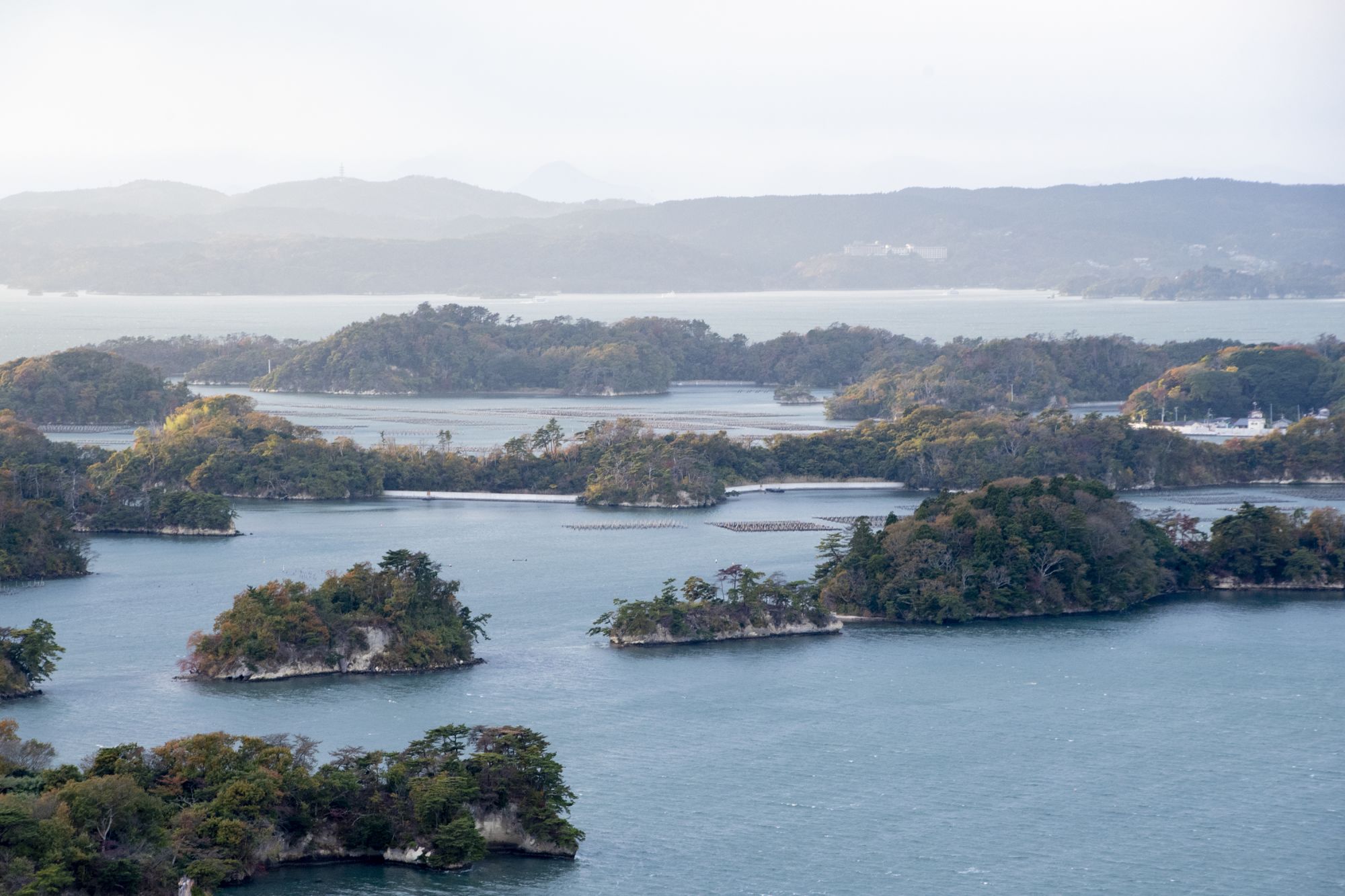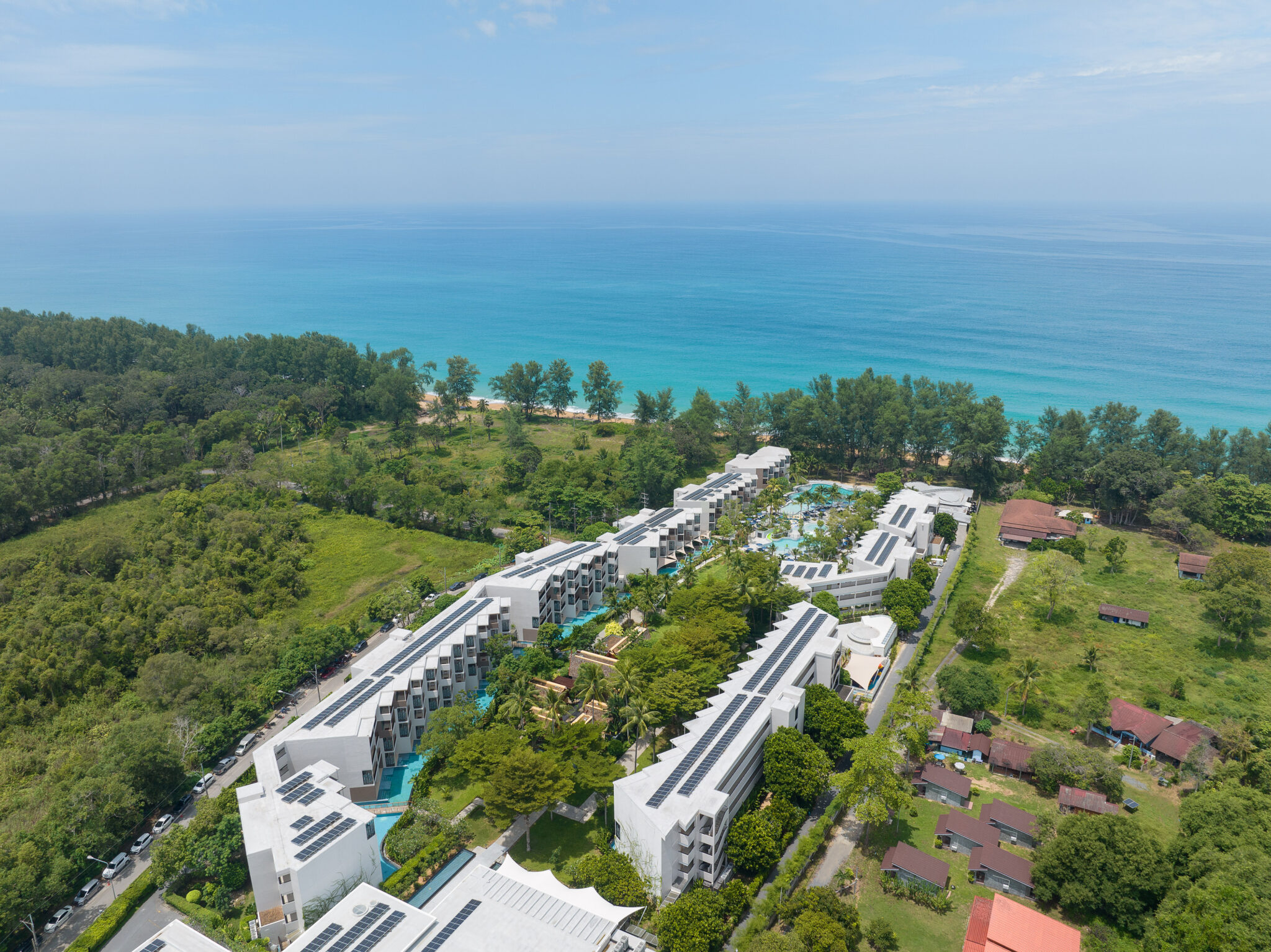
A country connected to its landscapes and with a long-held respect for living things, sustainable tourism in Japan is key to preserving its culture and beauty. Whether it’s staying in energy-efficient properties, experiencing the islands through a local lens, or visiting off-season, travelling Japan responsibly and consciously unlocks an array of unmissable authentic experiences.
Book eco-friendly accommodation
Japan has a wealth of sustainable accommodation offerings ranging from budget to high-quality luxury. In Kyoto, stay in the eco-friendly Good Nature Hotel which was awarded a Gold WELL Certification to certify its environmentally friendly construction and benefits to human health through guest experiences, the first time a hotel had received this certification in history. In the wilderness of Japan’s southern islands, sleep under the stars in Okinawa’s Yambaru National Park at the Treeful Treehouse. This luxury sustainable resort was designed so as not to disturb the surrounding animals’ natural habitat, while carbon-neutral solar panels generate electricity on-site; even the grass is tended to by goats, removing the need for a lawnmower.
Support wildlife centres and local businesses
Just one hour outside of Tokyo, responsibly experience an encounter with an Asiatic black bear at the Picchio Wildlife Research Center. The centre provides educational programmes, habitat management and visitor experiences, helping to keep black bears safe from extinction while learning and teaching how to protect human safety. For an outdoor experience without the wildlife, take an electric cycle tour in one of Hokkaido’s most celebrated towns, Biei in Daisetsuzan National Park. This bike tour with a local guide encourages tourists to explore the town and its rolling floral hills without using carbon-emitting transport, and also supports the local guides and businesses along the way.
Experience regenerative local initiatives
In the northeast region of Tohoku, walk the Michinoku Coastal Trail for rugged coastal sights, charming neighbourhoods and to support the regeneration of towns and cities post 2011 Great East Japan Earthquake. The trail welcomes tourists to explore from Hachinohe to Soma City, with friendly and encouraging locals as well as contemporary events and exhibitions, such as the annual Reborn Art Festival, launched in the wake of the earthquake and showcasing the region’s commitment to recovery.
Interact with Indigenous communities and culture
Support the preservation of Japan’s northern Indigenous Ainu People through experiencing their language, crafts and learning their history. Ainu culture includes a unique language, religious beliefs centred on a deep respect for nature, traditional dances, crafts and spellbinding rituals. Akanko Ainu Kotan is an inhabited lakeside settlement on Hokkaido where tourists are welcome to discover traditional Ainu theatre, music, cuisine, history and more. To learn more about the history and culture of Ainu People, visit the government-led Upopoy National Ainu Museum and Park promoting awareness and understanding with hands-on workshops, performance spaces and interactive exhibitions.
Travel slowly
Though flying may often be faster, travelling Japan for an extended period and in a slower manner is beneficial as it helps the spread of tourism, lowers carbon emissions and is often the most insightful method. Journey with the world’s most developed transportation network, Japan’s shinkansen (bullet train), and reach new towns and cities that may not have initially been part of the plan. The high-speed trains are world-renowned for their cleanliness, timeliness and energy efficiency. According to Japan Rail, shinkansen C02 emissions are just one-twelfth of an airplane due to their energy-saving and repurposing design. Take Japan’s newest bullet train route in west Kyushu and experience the island’s culture along the way. Spend a few days in Takeo Onsen hot spring town to bathe in its volcanic spring water, and learn of the town’s traditional craft and export, Arita porcelain.



 share
share



















































